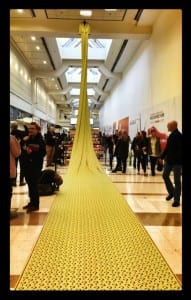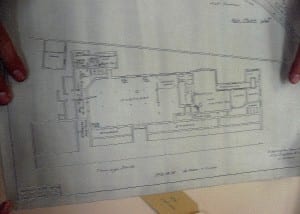John Newling performed a piece at the Nottingham Contemporary in January 2013, Where a Place Becomes a Site: Values. This began with the installation of a riddler jacket in a shopping centre.
Passers by would naturally stop to look at the jacket and would be offered a trade. They would be given a piece of the jacket but in return they had to say something that was valuable to them. Below is a link to the itunes podcasts from Nottingham Contemporary, there is a 3 minute video in which the piece is discussed.
https://itunes.apple.com/gb/podcast/nottingham-contemporary/id349866879?mt=2
[accessed 3/4/14]
Later on those responses were turned into a script which was performed at the Nottingham Contemporary. The Waiting Room is using this idea in regards to the survey we did about what people are waiting for. So far the piece has enough relation to the site in terms of what we know people wait for and have waited for in that building and now our practical aim is to develop narratives using the research we have done.
We are also thinking about what others questions we might need to ask in order to develop these sections of text or whether we can develop them using our own ideas.
References
Newling, J., 2013, Where a Place Becomes a Site: Values [electronic print] Available at http://adrian4acn.com/2013/01/25/john-newling-nottingham-contemporary/ [Accessed 3.4.2014]


